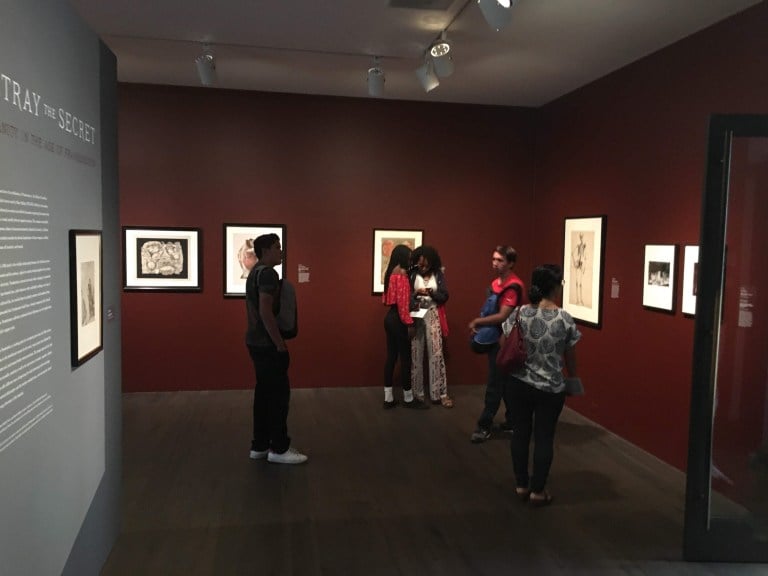Stanford’s Cantor Arts Center staff have been working to curate virtual experiences for the Stanford community and the general public in lieu of a traditional in-person museum-going experience, since coronavirus concerns shuttered the museum in early March.
“Cantor holds around 40,000 great artworks, and as a university museum, we feel that it’s important to be able to continue to share this wealth of artworks with those outside of the museum,” the John and Jill Freidenrich Director of the Cantor Arts Center Susan Dackerman said.
Dackerman believes that making the museum’s collections accessible to people kept at home by the pandemic can offer a feeling of repose during uncertain times.
“The kind of inspiration and knowledge you get from looking at art offers comfort in some ways,” she said.
The museum’s extensive collections now live in two different online platforms: the Learning from Home site, designed for use in an academic context, and the Museums from Home site, which is geared at the general public.
The Learning from Home site contains a selection of works from the Cantor and Anderson Collections organized by period, author, medium, theme and exhibition, an assortment of digitalized catalogs and publications made available electronically to assist remote learning and teaching, PDF versions of learning guides and video content selected for Stanford students and researchers, as well as faculty and student support provided by the museum’s educational team.
The Museum from Home site contains Artist Talks, a video series of conversations between artists and Dackerman about art and ideas; Up Close, another series between artists and ITALIC Associate Director Kim Beil on specific objects of art; recordings of lectures, oral histories, as well as digital art collections.
An enthusiastic public response to the new online offerings has encouraged the museum’s staff to expand on their virtual curation and continue these platforms once the museum re-opens.
The Cantor will soon launch a 3-D virtual museum tour on the Museum from Home site. The simulation will enable visitors to not only tour around different exhibitions, but to zoom in on specific artworks, click on them, and watch an interview with the artist, or listen to a museum guide.
“We’re envisioning the 3D virtual tour to be a tool where visitors can interact with artworks and learn about them,” said Maggie Dethloff, Cantor’s assistant curator of photography and new media.
Still, attempting to fit an entire museum into a few web pages has inevitable limitations, according to Dackerman.
“Something that’s lost is that you don’t get to have that kind of intimate experience with a piece of artwork, and you also lose the kind of community created through looking at art,” she said.
However, an advantage of digitizing artworks, media and publications is that it gives a far greater number of people access to previously unavailable resources.
“Although we want people to come in and see artworks in person whenever possible, it’s a fantastic opportunity to give more people access and give people more information,” Dethloff said.
The Cantor Arts Center will also be offering a year of complimentary membership ($100 value) for free to each member of the Stanford Class of 2020 as a way to welcome them back to the campus.
Contact Brian Lee at bl45983 ‘at’ pausd.us.
